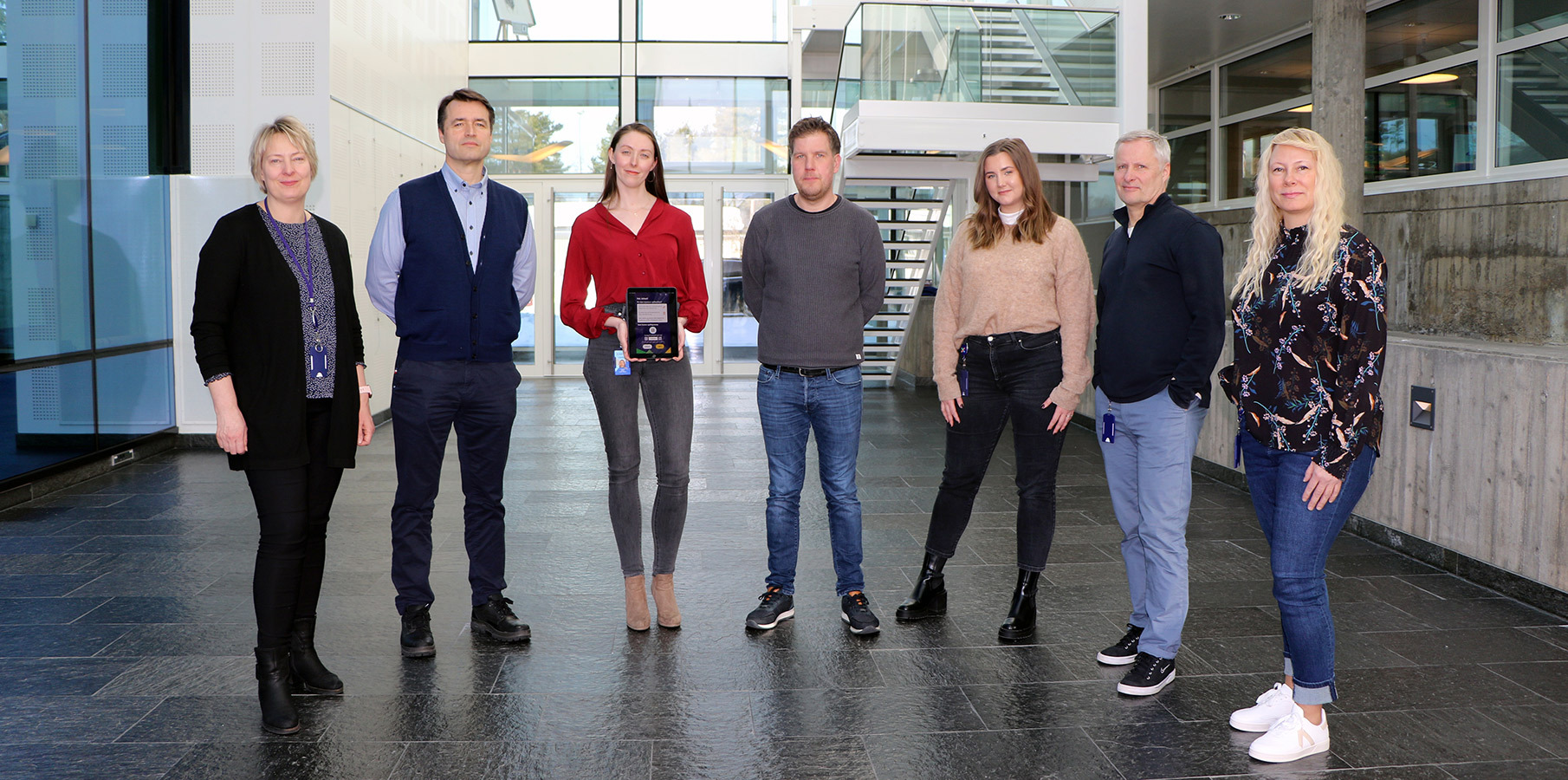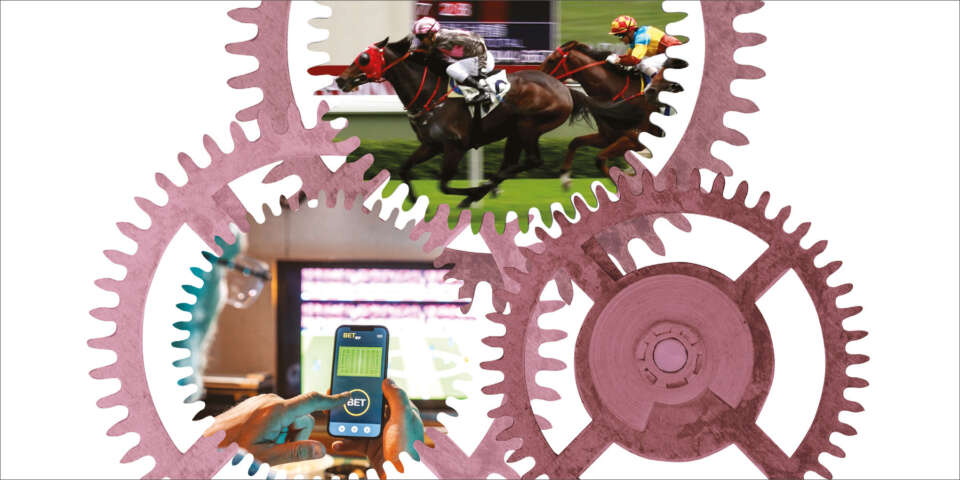Ensuring responsible gaming is a high priority for lotteries around the world. Norsk Tipping, Norway’s national lottery, has a clear mandate to act to prevent the negative consequences of gambling. As such, it is taking diverse steps towards achieving a safe and responsible environment for players. One of these is to use Playscan, a risk-monitoring tool for players to measure the likelihood that they will develop gambling problems.
In 2021, the Playscan Index indicated an overall healthier gaming behavior than in the previous year, demonstrating that the different actions taken to strengthen the prevention of gambling issues are working.
In an interview, Tanja Sveen, Senior Adviser for Responsible Gaming at Norsk Tipping, discussed the development of SpillePuls or Play Pulse – a digital, personal dialogue interaction, designed to prevent and reduce at-risk or problem gambling.
What is SpillePuls?
SpillePuls digital dialogue interaction aims to raise customer awareness of gambling habits and spending, create reflection, and motivate players to take action to moderate further gaming habits – if needed. Taking the example of an increase in play intensity, if a player increases his or her loss, then the objective becomes to create awareness of this increase, by getting the player to think about it and do something positive to address it, such as setting a lower personal limit.
We are lucky because in Norway, all of our customers (2.2 million) have been registered and fully identified for a long time. Our work has benefitted greatly from access to this rich player personal data and transaction history, which is also available for us to use in real time.
How have you developed the digital dialogue?
We began by using research and data analysis to identify a broad range of behavioral markers or events that can happen during play, which we know can lead to at-risk or gambling problems. Some examples of events are an increase in spending, or the amount of time spent playing.
We interviewed customers and internal resources in our games departments and considered external research, to get an understanding of the target groups and to be able to set objectives and create a rule set. For instance, if you are a young player who has lost a certain amount of money playing online casino games, you will need to take a particular action. The rule sets are embedded in the customer journey, on the website and in the app, so that when customers log in, a dialogue will pop up, depending on what they do. Some of the actions that the customer can take include reducing play time and spending limits, taking breaks or doing a self-assessment quiz.
We develop the pilots with an interdisciplinary team and are taking a step-by-step approach. We put the pilots out, have the different player groups use them, collect and finally evaluate the data, which provides us with important learning opportunities as we go along. We feel this has been a better way to build our solution, than rolling it out in its entirety without the feedback and analysis. By the end of 2022 it will be fully developed and deployed, but we are already covering a substantial part of the targeted customers.
Can you give some concrete examples of how it works?
Depending on the customers’ activity, a message is sent asking if they are ready for a challenge in the form of the question: Do you spend less, the same or more money than before? This aims to get the players to reflect on their behavior. Once customers answer, SpillePuls sends them the correct answer to the questions in a graph format, based on their personal data. Sometimes our data-based answer may not be the same as the customer’s answer. Research has shown that often players may under evaluate their own habits. Then we send the normal amount spent for the players of that age group, so that they can reset their limits with another perspective. Straight after, an easy action is presented, asking customers if they want to confirm a newly recommended and lower monthly spending limit. It is quick and easy, so customers do not have to take much time to think about whether or not to take action.
Another example is for sports betting, when we see that customers have lost a lot of money in the previous year and have high odds of over 10, which gives them a low chance of winning. Once they log in, we send a message with a question, asking them if it is time to adopt a new tactic. They can click on the open message button, and we repeat the question and provide a graph summary, based on their player history, of how much money they have lost in the last 12 months, the odds average and their resulting chance of winning. We also provide further information explaining how the chance of winning is calculated (based on the most common odds that they bet on, their most common number of objects per bet and average winning percent.)
Customers are then shown how easy it is to take action to set a lower spending limit to reduce how much they will lose. They simply hit the confirm button, are praised for their positive action, and are asked for feedback on how their experience was with this message.
What were the key findings?
Feedback is key to our solution. If we want success, we need to have customer acceptance. For every interaction we ask if the information provided was relevant, useful or disruptive So far, we have had 3000 comments and feedback from 90000 people overall. We have run 12 randomized control trials and tested 80 variants of interactions.
Around 70-80% of users feel the dialogue interaction is useful. The positive feedback for these pilots demonstrates overall acceptance by customers. When we started, we got around 60% of people to complete the whole action, but this increased over time.
A key learning, which we realized quickly, was that we could not expect too much of the customer in terms of answering questions and involvement. As a result, we optimized the length and degree of customer action to boost the completion rate, which is now almost 100%.
In all the pilots a significant proportion of the customers took some kind of action compared to the control groups, and in most of the pilots, at least one or several of the interactions lead to a significantly lower spending compared to the control groups.
We are very happy with these results. Development of the solution will continue, because over time, some of the actions we have now may decrease in their effectiveness. It is important to keep trying new things, collecting data, learning from it, and adjusting our solutions so that they remain useful and relevant.
What’s in the pipeline?
We believe that there is potential to create personalized initiatives aimed at players with the use of machine learning, and that this can increase the effects on the player behavior further.
Right now, we are testing personalization of dialogue variants, using machine learning models in a pilot directed at customers with a high-risk playing pattern who also increase their spending. First, we carried out a pilot set up as a randomized control trial and gathered a large dataset. Then we used this dataset to train machine learning models for each variant. Each time a customer qualifies for an interaction the model runs through all six variants and presents the one with the highest probability that the customer will take action, like lowering the spending limit. This is a very exciting, new way to use machine learning for responsible gambling. Personalization works well in so many areas – so there are good reasons to expect that it can also increase the effects of responsible gambling measures.
It is early days, but it will be interesting to see if there is an opportunity to better target our customers with more tailored interactions and to see if we can use machine learning in bigger target groups.











